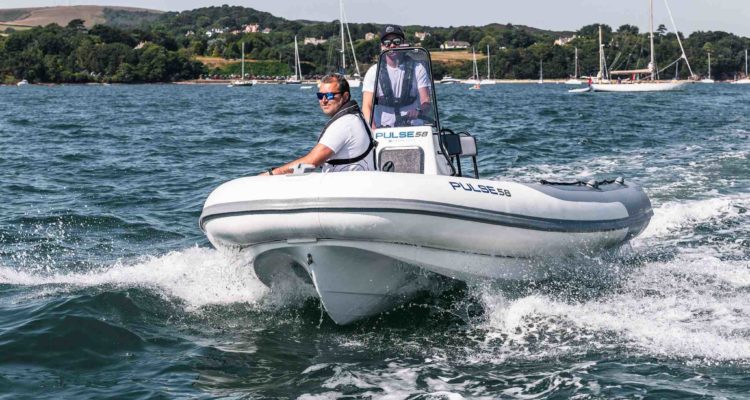NORCO has been using flax fibers and is also testing basalt fibers for the Pulse58’s body. The strong, naturally fire-resistant basalt fibers are made from igneous rock that has been crushed, melted and then extruded. One benefit of basalt fiber is that it can be recycled back into its original form.
NORCO is manufacturing the boat’s hull, deck, console seating and battery box through a vacuum infusion process that will take about four days. NORCO will then bond the parts together and ship them to RS Electric, which is located about 38 miles away, for final manufacturing. The proximity of the composites manufacturing plant to RS’s boat production facility will reduce greenhouse gases generated by transporting the composite parts.
RS is using a sustainability life cycle assessment tool to ensure that its materials and manufacturing processes have the smallest possible carbon footprint. To offset any remaining carbon dioxide production and ensure the build cycle is carbon neutral, the company is planting trees in Africa through the non-profit organization TREE AID.
RS Electric introduced the Pulse58 at the Dusseldorf Boat Show in January 2020 and already has multiple orders. The cost of the boat is approximately $116,000, which includes a 30% to 35% premium due to the sustainability of its materials.
The company is still building and testing prototypes, but actual production should begin in March 2021. RS anticipates manufacturing approximately 100 Pulse58s each year. Although the company originally thought its primary market would be sailing schools and institutions, it is generating interest from other areas, such as police departments and super yacht owners.
Even when production begins, Newton-Southon says that the design of the Pulse58 will constantly evolve to take advantage of new ideas and materials that come along. “We are planning to do a range of electric boats, and as things develop, we want to reduce the carbon footprint as much as we can,” he explains.
Sustainable composites are key to this continuing journey of improvement, and Newton-Southon says the company is happy to share what it is learning, even with other boat builders, to encourage the further development and production of these materials. “To make this really work there needs to be a demand,” he says. “If everyone got involved in doing this, it would be fantastic.”


